QuestionQUESTION: My Bettas have occasionally got a white fungus with filiments like the sort you get on old food. I found this very aggressive and when I dosed at the recommended rate for Wardley Fungus-Ade and Promethyasul my fish just died. Now I give several drops as close to the diseased area on the fish as possible when in a small 1 litre tank. Then I repeat it for a couple of days. The fish gets very sluggish and is almost in a coma, won't eat or swim about but seems to recover when the water is changed. Could this cause any permanent damage? I had two fish recover doing this, though one has just died of a swim bladder blockage after eating dry food too fast. A third seemed to survive only to die after a water change later when she appeared fully healed and was feeding again. Also on her and the current survivor I pulled some of the fungus off with tweezers. Bad idea? It's very tempting though and seemed to work as the skin regrew fine. Comments please.
ANSWER: Hi Lynda;
It sounds like Saprolegnia. It injects a toxin that can paralyze a fish so the "coma-like" symptom you described is very common. Pulling off the tufts of infection is fine. I have done that in serious cases too. It helps keep it from spreading so fast and the medicine can get to it more efficiently as well as removes some dead tissue involved. Change the water VERY frequently in all your betta tanks and never let old food collect. Remove it right away. Decaying food will help these diseases all get a foothold. Fresh clean water is your best weapon against diseases of all types. It boosts your fishes' immune systems so they can fight off infections before they evern start. For tanks of a gallon (4 liters)and larger, change them once a week. If they are under a gallon, change it at least twice a week. Under 2 liters, change it daily. You will notice a dramatic improvement in the health and vitality of all your fish if you start doing the water changes more often, if you don't do that already of course.
Here is an excellent article about saprolegnia with causes, prevention and treatment options;
http://www.aquariumfish.com/aquariumfish/detail.aspx?aid=20709&cid=3788&search=
I hope the rest of your fish do better...
At Your Service;
Chris Robbins
---------- FOLLOW-UP ----------
QUESTION: Thanks for the detailed reply. Yes, it looks like saprolegnia. I have had it mainly on females when trying to mate them so they have had skin injuries when they got it. The male who got it on his upper lip had actually hit his nose on the bottom of the tank when I moved him from one tank to another so that explains that. The sick fish probably had lowered defences too. That article you recommended was helpful but it says to follow manufacturers' instructions so do you think the higher doses I gave of Fungus-Ade and Promethyasul were wrong and might cause complications?
I'm glad to hear you think pulling off the fungus was reasonable as my aquatic centre guy had said it would be very painful and they'd probably die anyway! I assumed the fish would rather be alive at the end of the day and would tolerate some discomfort so I did it rather guiltily.
I have had 4 females, 11 males and 5 babies around at the same time (OK I got carried away!). I do not have room to put them in big tanks each. They are in double betta tanks but only one fish per tank (the whole tank is only about 1 1/4 litres)or in in large glass pickle and coffee jars of about 2 to 4 litres. I change the water completely each week (or sooner if it looks cloudy) and use Algae Cure to slow down algal growth. Would Wardley Aquapurer help to keep down infections 'cos I have some I could use?
I live in South Australia and most of the year the temperature is above 25C. In winter ie.now it can go down to 10C daytime and 4C at night outside so I put my young bettas inside their betta tanks into an aquarium with a heater to keep the water at 25C but the other fish just rely on a couple of halogen lamps over their jars and the water is just on 19-20C. Presumably this increases their risk of infection and food blockages? I know bettas are intelligent so do they suffer from getting too cold? We don't have central heating so I don't think I can really do any better for them. Similarly they seem happy in their tanks and look out at each other (and me!), have a plant each and gravel in their tank (which is changed on the weekly water change for variety) so do they really need bigger tanks? I'd like to think they enjoy their life, tho' they can't do much!
AnswerHi Lynda;
It's best to use the medicines as recommended. They can be very irritating to the fishes' skin eyes and gills with just the normal doses, so it would be worse if it were higher doses. Medicines are meant to treat infections but there is a down side too. There can be a delicate balance between helping and harming sometimes. They have risks just like in people.
What might work for you and your fish would be to get a regular tank and use dividers to split it up. There are long aquarium styles made that would work out well and the dividers are like a plastic mesh to allow for water circulation. You could put a heater and a filter on it in the center chamber that way too. With a filter, you don't have to change the whole tank, just replace 25% once a week. There are aquariums that are longer so you could maximize the space. Just don't keep more than one betta for every 4 to 8 liters. Even if you don't put a filter, gently keep air bubbles going so it keeps the tank uniformly warm as the heater works. There are dividers available to buy in fish stores, but many hobbyists make their own with silicone sealant to hold plastic craft mesh or glass/plexiglass sheets with holes drilled or melted in them. Make certain the dividers are tall enough that the bettas can't jump from chamber to chamber. This link shows how one person made their own for a 6 gallon tank, with photos too;
http://www.fishforums.net/lofiversion/index.php/t101204.html
Water conditioner is very important but it isn't going to help dirty water be safe for the fish. They really need water changes several times a week if you leave them in the small tanks. For tanks of 2 liters or less the water should be changed every couple of days. Every time they poop or even just breathe it adds more ammonia in the tank. It's just like leaving your toilet unflushed for several days. Yuck! It will definitely compromise their immunity and allow infection to attack even minor wounds. Their gills are burning by that time too.
Low temperatures definitely contribute to the digestion and infections. It compromises their immunity and their digestion slows down.
Good luck and let me know if you need more help...
At Your Service;
Chris Robbins

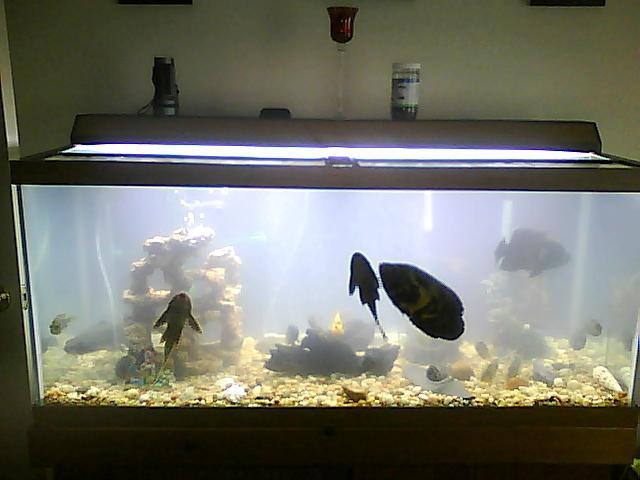 fresh water aquarium cloudly
Question
75 gal freshwater
I have a 75 gal fresh water
fresh water aquarium cloudly
Question
75 gal freshwater
I have a 75 gal fresh water
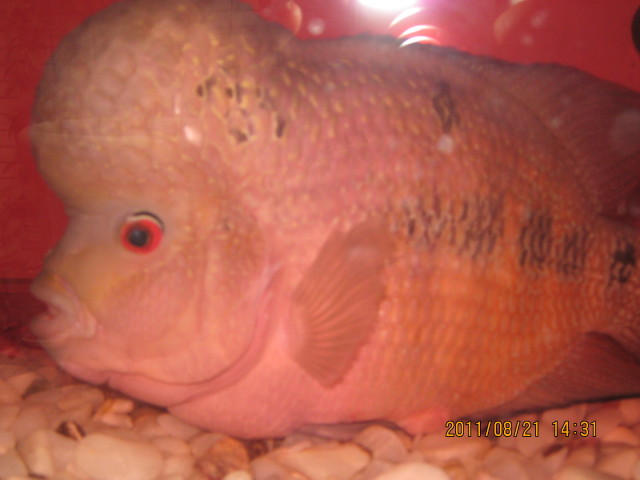 flower horn disease
QuestionQUESTION: Hello
i have a 3 years old flower hor
flower horn disease
QuestionQUESTION: Hello
i have a 3 years old flower hor
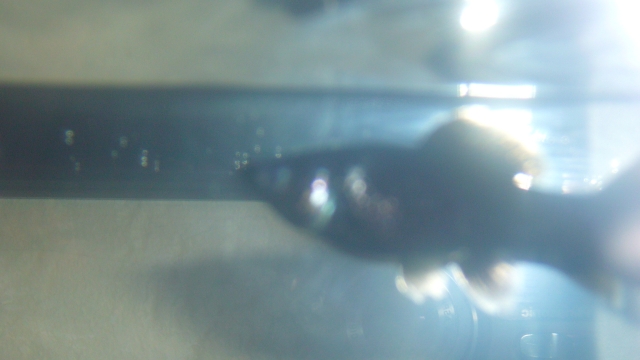 sick mollie
Question
sick mollie
I have a black mollie that is moth
sick mollie
Question
sick mollie
I have a black mollie that is moth
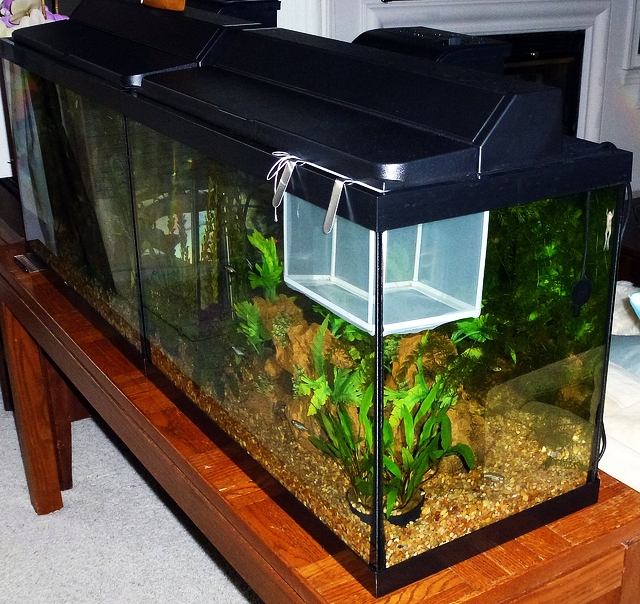 my molly had babies
QuestionI have an 39 gallon tank with 4 mollies 2 tetra
my molly had babies
QuestionI have an 39 gallon tank with 4 mollies 2 tetra
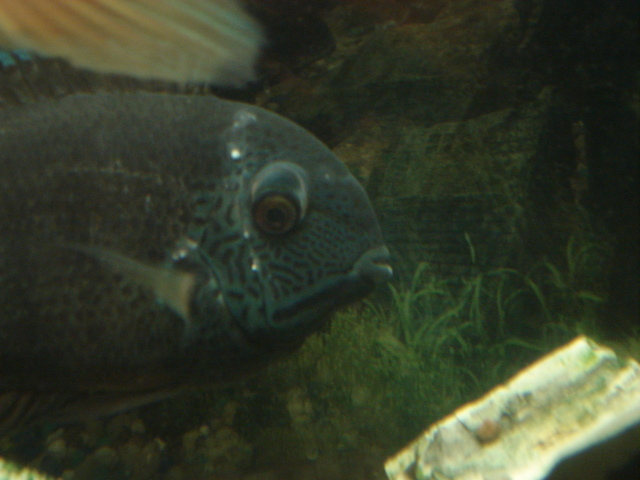 Sick Severum Cichlid
QuestionSick Severum
QUESTION: Hi, I hope you ca
Sick Severum Cichlid
QuestionSick Severum
QUESTION: Hi, I hope you ca